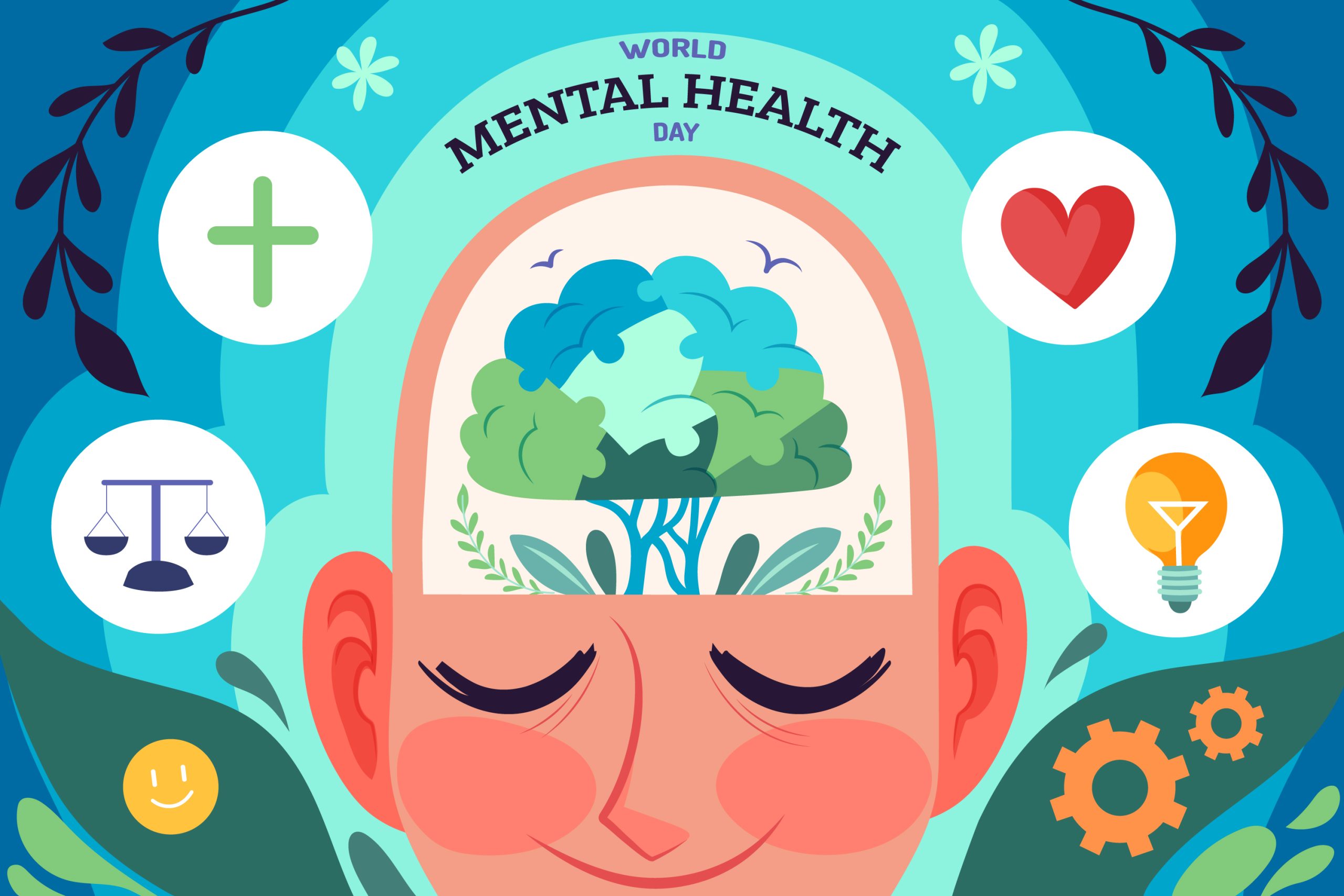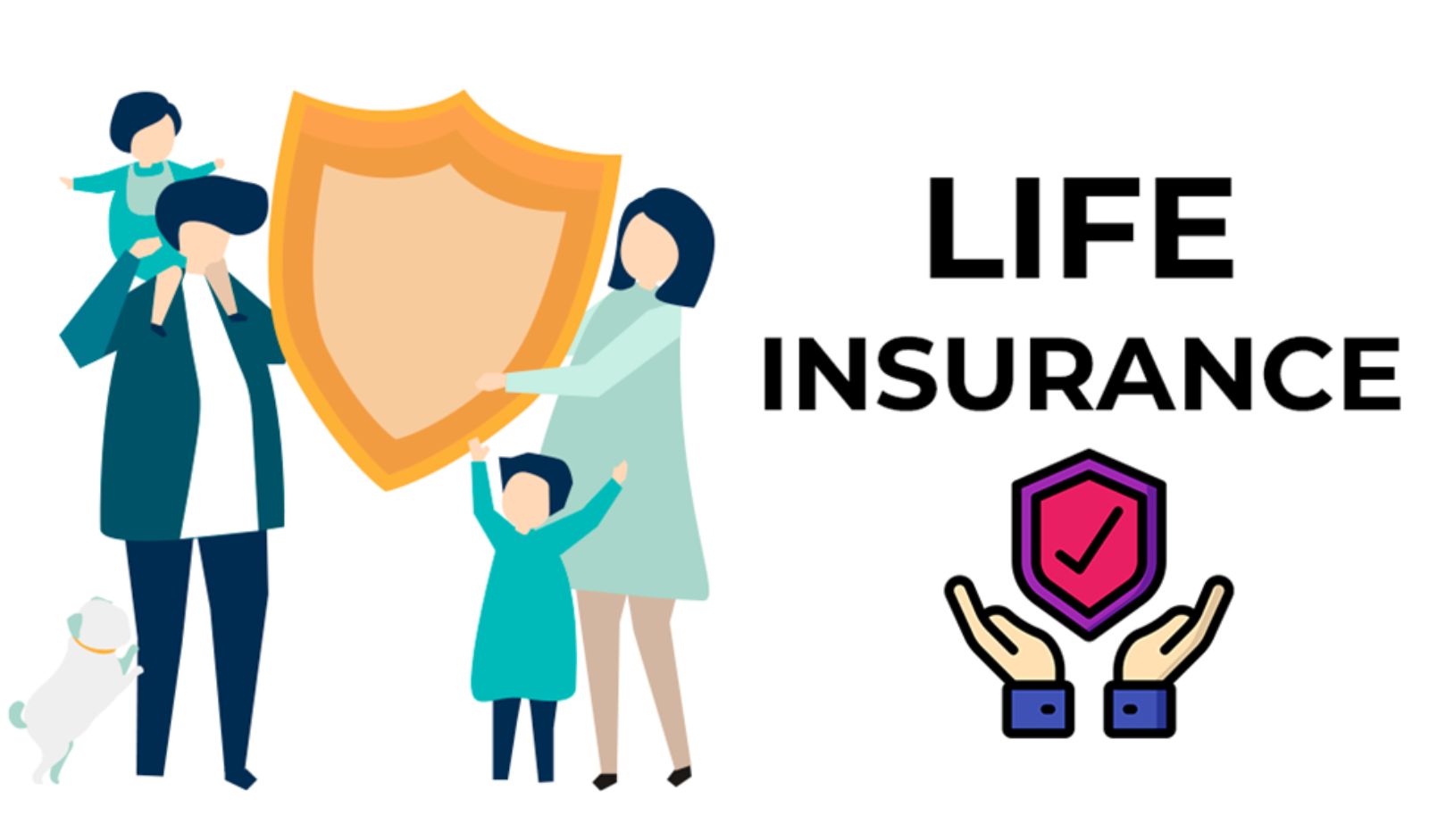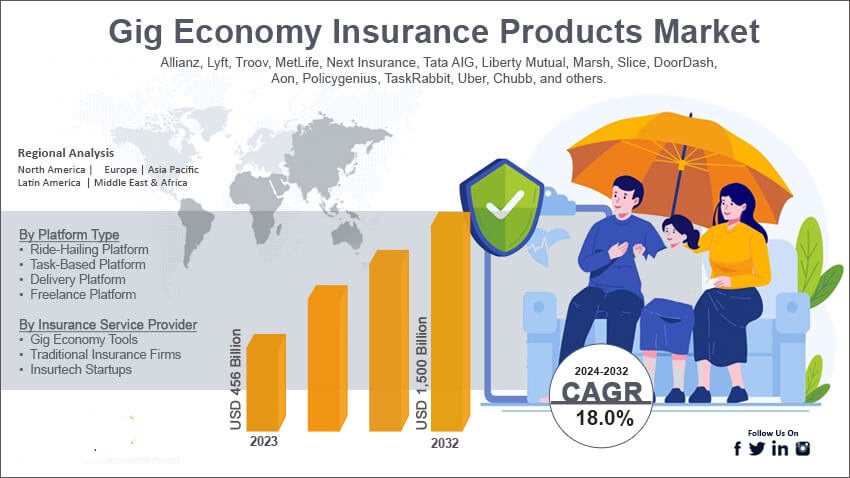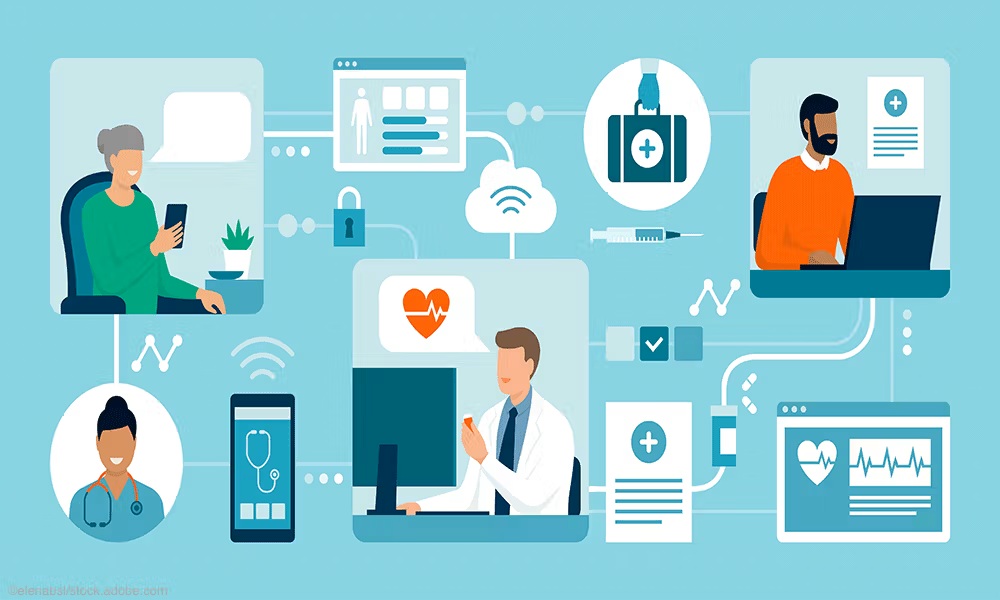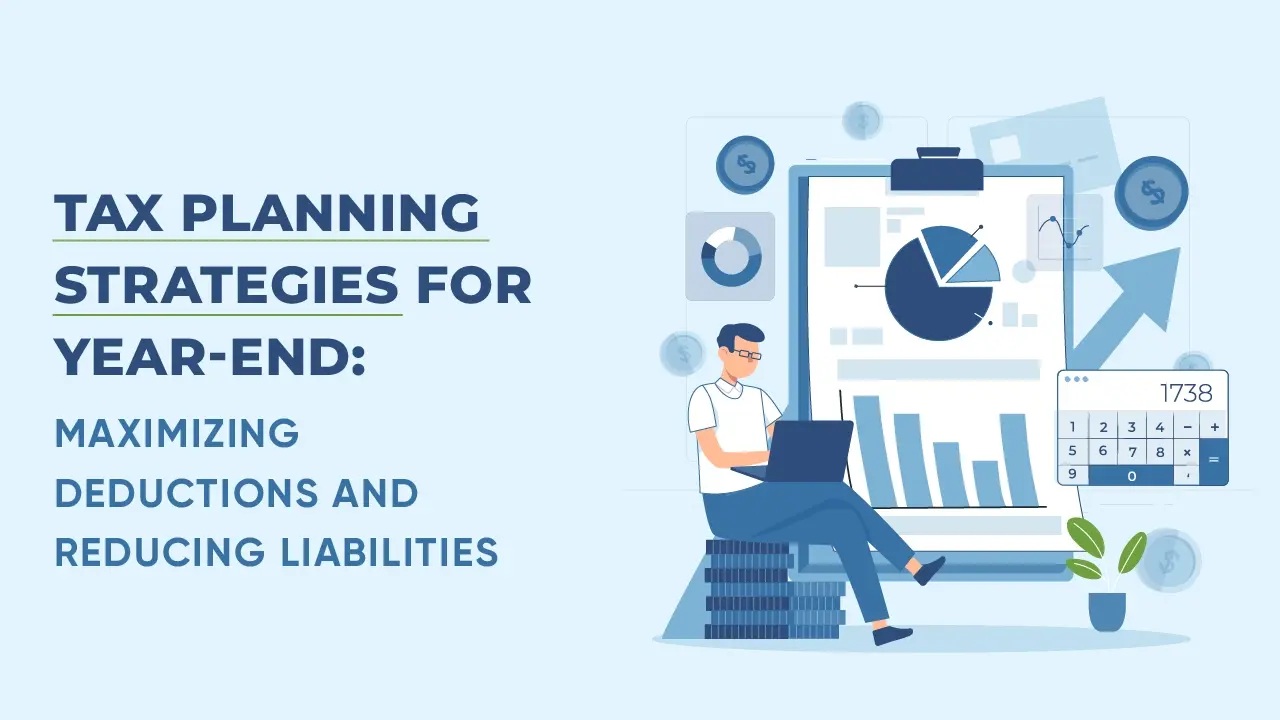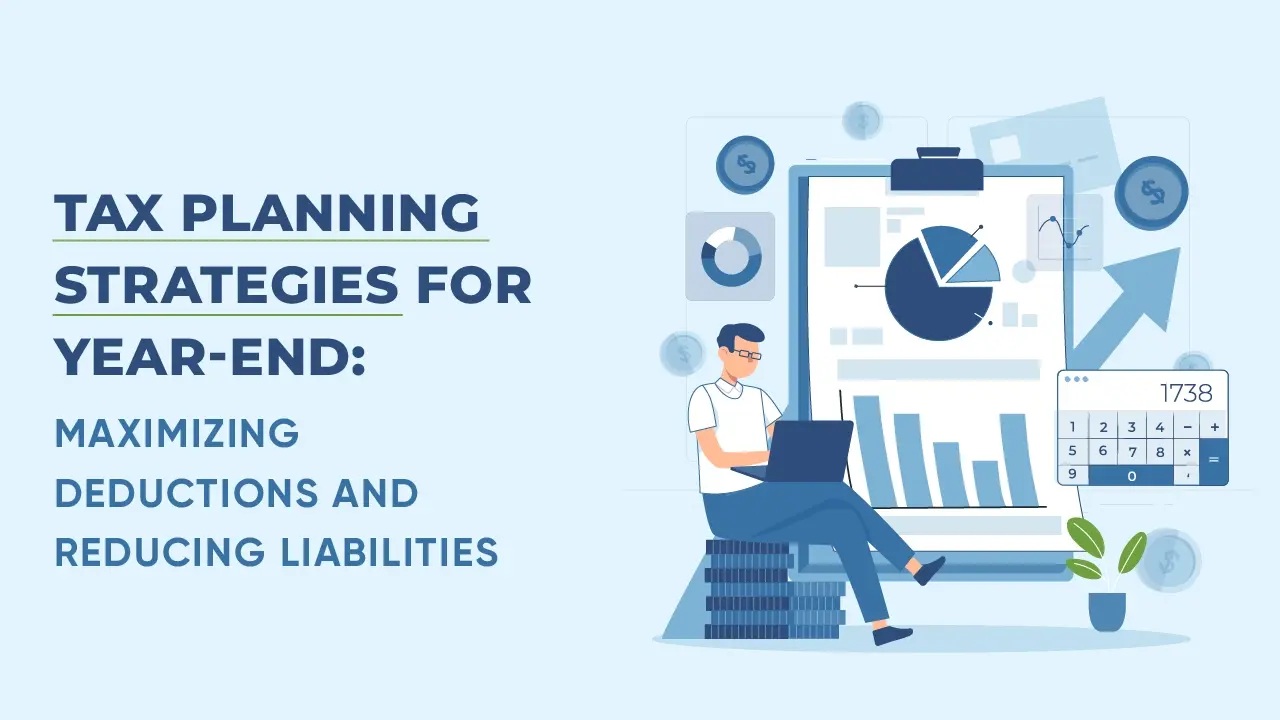It’s 2025, and the days of waiting endlessly in crowded clinics are fading fast. Welcome to the age of telehealth—a powerful fusion of technology and healthcare that’s revolutionizing the way we connect with doctors, therapists, and specialists. What started as a pandemic necessity has evolved into a mainstream, efficient, and patient-centered model of care.
In this comprehensive guide, we’ll explore the massive expansion of telehealth in 2025, its benefits, real-world applications, challenges, and what it means for patients, providers, and the healthcare industry at large.
🔍 What is Telehealth? (H1)
Telehealth refers to the use of digital communication tools—like video calls, mobile apps, and online platforms—to deliver healthcare services remotely. It includes:
- Virtual doctor visits
- Remote monitoring of vital signs
- Mobile health apps
- Digital prescriptions
- AI-powered diagnostics
Unlike traditional in-person care, telehealth allows healthcare to come to you, whether you’re at home, at work, or on vacation.
📈 The Rapid Growth of Telehealth by 2025 (H1)
A Look at the Numbers (H2)
- The global telehealth market is projected to surpass $450 billion by 2025, according to Fortune Business Insights.
- Over 85% of U.S. healthcare providers now offer some form of virtual care.
- More than 60% of patients prefer virtual consultations over in-person visits for non-emergency care.
Why the surge? Convenience, efficiency, cost-effectiveness, and increasing digital literacy among patients.
🚀 Key Drivers Behind Telehealth Expansion (H1)
1. Pandemic-Driven Acceleration (H2)
COVID-19 forced a swift shift toward telemedicine in 2020. What began as a crisis response has now become standard care.
2. Advancements in Technology (H2)
From 5G networks to AI-powered health platforms, tech improvements have made telehealth faster, more reliable, and more accessible.
3. Changing Patient Expectations (H2)
Today’s patients expect on-demand, personalized healthcare, just like food delivery or streaming services.
4. Policy Support and Insurance Reforms (H2)
Governments and insurers are embracing telehealth, offering reimbursements and incentives for virtual care.
🏥 Types of Telehealth Services in 2025 (H1)
1. Live Video Consultations (H2)
The most common form—real-time interactions with doctors, therapists, or nurses via Zoom-style platforms.
2. Remote Patient Monitoring (H2)
Patients use devices like smartwatches, glucometers, or ECG monitors to transmit health data in real time to providers.
3. Store-and-Forward (H2)
Medical information like x-rays or lab results is sent digitally for expert review without real-time interaction.
4. Mobile Health Apps (H2)
Apps offer everything from medication reminders to mental health support, sleep tracking, and fitness coaching.
5. AI-Enhanced Diagnostics (H2)
AI helps analyze symptoms, images, and data to assist doctors with faster, more accurate diagnoses.
🌎 Global Impact: How Telehealth Is Transforming Care Worldwide (H1)
1. Bridging the Urban-Rural Gap (H2)
In rural areas where access to specialists is limited, telehealth provides lifesaving connections.
2. Expanding Access in Developing Nations (H2)
Countries like India, Brazil, and Kenya are leveraging mobile technology to serve millions previously disconnected from formal healthcare.
3. Emergency and Disaster Relief (H2)
During natural disasters or crises, telehealth ensures uninterrupted access to care when physical infrastructure is down.
🎓 How Telehealth Is Being Used by Specialty (H1)
1. Primary Care (H2)
- Routine check-ups
- Prescription refills
- Chronic disease management
2. Mental Health (H2)
- Online therapy sessions
- 24/7 crisis support
- Medication management
3. Dermatology (H2)
- Skin condition assessments via photo uploads
- Real-time consultations with dermatologists
4. Cardiology (H2)
- Remote ECG monitoring
- Virtual heart failure clinics
5. Pediatrics (H2)
- Parent-guided symptom evaluations
- Behavioral assessments
6. Geriatrics (H2)
- Monitoring of elderly patients
- Family-involved video visits
🧠 Benefits of Telehealth for Patients (H1)
1. Convenience (H2)
See a doctor from your couch in minutes—no travel, no waiting rooms.
2. Cost Savings (H2)
Virtual care often costs less than in-person visits and helps avoid unnecessary ER trips.
3. Better Access (H2)
Patients in underserved or remote areas can now connect with top-tier specialists.
4. Reduced Exposure (H2)
Telehealth minimizes the risk of exposure to infectious diseases, especially critical for immunocompromised patients.
5. Empowered Self-Care (H2)
Apps and remote tools let patients track, understand, and manage their own health more effectively.
👩⚕️ Benefits for Healthcare Providers (H1)
1. Expanded Reach (H2)
Doctors can see more patients, across more geographies, with flexible scheduling.
2. Increased Efficiency (H2)
Fewer no-shows, automated documentation, and reduced administrative overhead.
3. Better Work-Life Balance (H2)
Telehealth enables remote practice models, improving provider satisfaction.
🔧 Technologies Powering Telehealth in 2025 (H1)
1. 5G and Edge Computing (H2)
Ultra-fast, low-latency connections ensure smooth video consultations and real-time data sharing.
2. Artificial Intelligence (AI) (H2)
AI helps triage patients, analyze test results, and power virtual health assistants.
3. Wearables and IoT Devices (H2)
Smart devices track vital signs, activity, glucose, heart rate, and more.
4. Virtual Reality (VR) and Augmented Reality (AR) (H2)
Used in therapy, surgical simulations, and immersive patient education.
5. Blockchain for Data Security (H2)
Ensures patient data is secure, tamper-proof, and compliant with HIPAA and GDPR.
📱 Top Telehealth Platforms in 2025 (H1)
- Teladoc Health
- Amwell
- MDLIVE
- Doxy.me
- Doctor on Demand
- Babylon Health
- Ada Health (AI diagnostics)
- BetterHelp (Mental health)
These platforms offer integrated services, including EMR systems, remote monitoring, and AI triage.
🚧 Challenges Facing Telehealth Today (H1)
1. Digital Divide (H2)
Not everyone has access to high-speed internet or smart devices.
2. Data Privacy Concerns (H2)
Securing sensitive health data against breaches and hacks is critical.
3. Limited Physical Exams (H2)
Some conditions still require hands-on assessment.
4. Reimbursement Variability (H2)
Insurance coverage for telehealth varies widely between regions and plans.
🔮 The Future of Telehealth: What’s Next? (H1)
1. Telehealth in Schools and Workplaces (H2)
On-site virtual clinics offering preventive care and mental health services.
2. AI Doctors and Virtual Nurses (H2)
AI will handle initial screenings, diagnostics, and health education.
3. Personalized Digital Twins (H2)
Simulated models of patients used for customized treatment planning.
4. Integrated Holistic Platforms (H2)
A single app will manage everything from sleep tracking to blood pressure, exercise, and prescriptions.
🧭 How to Get Started with Telehealth (H1)
For Patients: (H2)
- Download a certified telehealth app
- Book an appointment
- Have a device with camera/mic ready
- Keep insurance details and symptoms handy
For Providers: (H2)
- Choose HIPAA-compliant platforms
- Set up workflows and training
- Inform patients and educate staff
- Track performance and satisfaction
💬 FAQs About Telehealth in 2025 (H1)
1. Is telehealth as effective as in-person care?
Yes—for most conditions. Follow-ups, mental health, and chronic management often see equal or better outcomes.
2. What’s the cost of a telehealth visit?
It ranges from $30 to $80, but insurance may reduce or eliminate the cost.
3. Is my data safe?
Most providers use end-to-end encryption and secure servers. Choose HIPAA-compliant services.
4. Can I get prescriptions through telehealth?
Absolutely. Doctors can send e-prescriptions directly to your pharmacy.
5. What devices do I need?
A smartphone, tablet, or laptop with a camera and microphone—plus a stable internet connection.
🎯 Conclusion: The Digital Healthcare Revolution Is Here
The expansion of telehealth in 2025 is more than a trend—it’s a transformative shift in how healthcare is delivered. With better access, lower costs, and smarter technologies, telehealth is democratizing care, empowering patients, and improving outcomes globally.
Whether you’re a doctor, a policymaker, or a patient, the future of healthcare is in your hands—literally.
VR and AR in Education: Revolutionizing the Future of Learning in 2025





